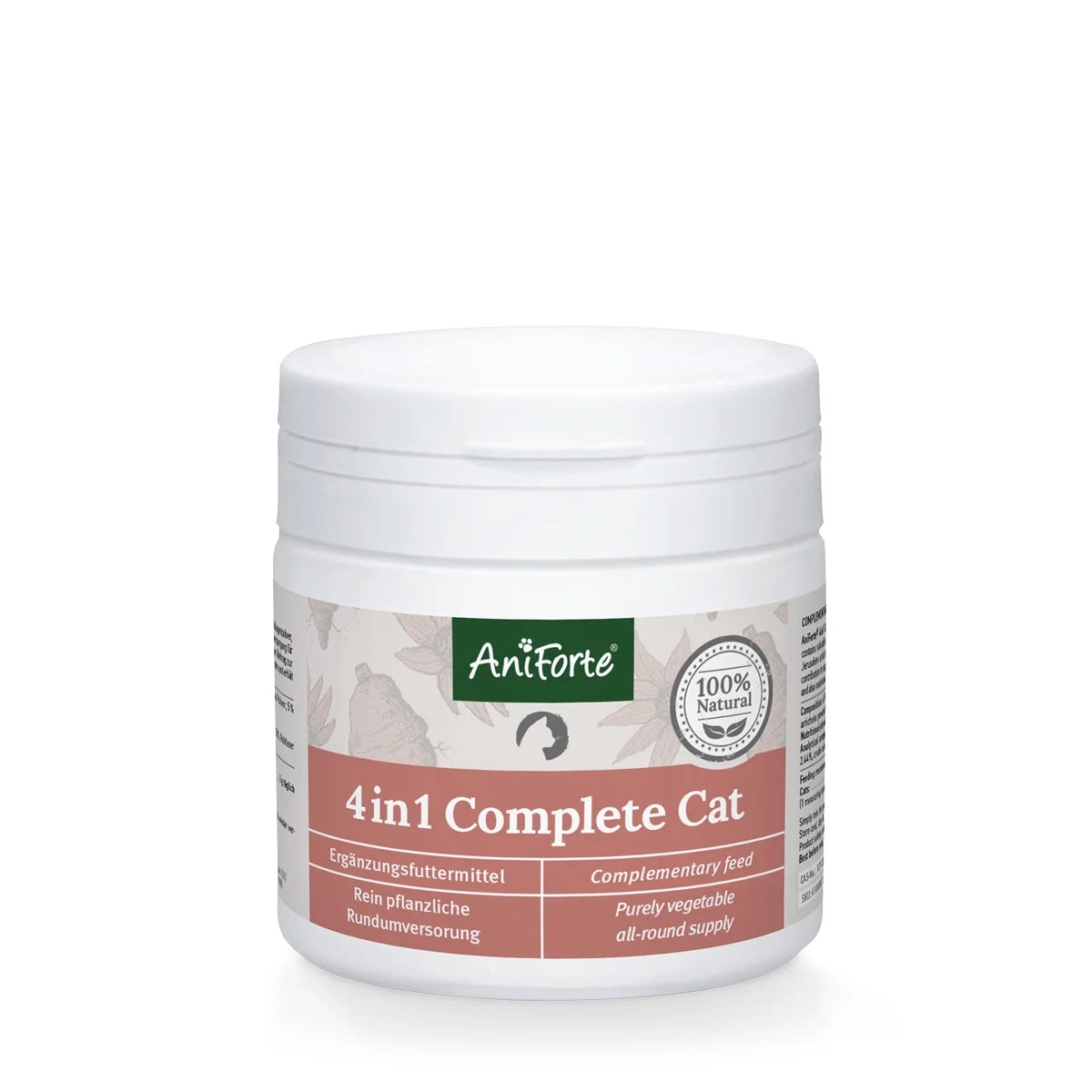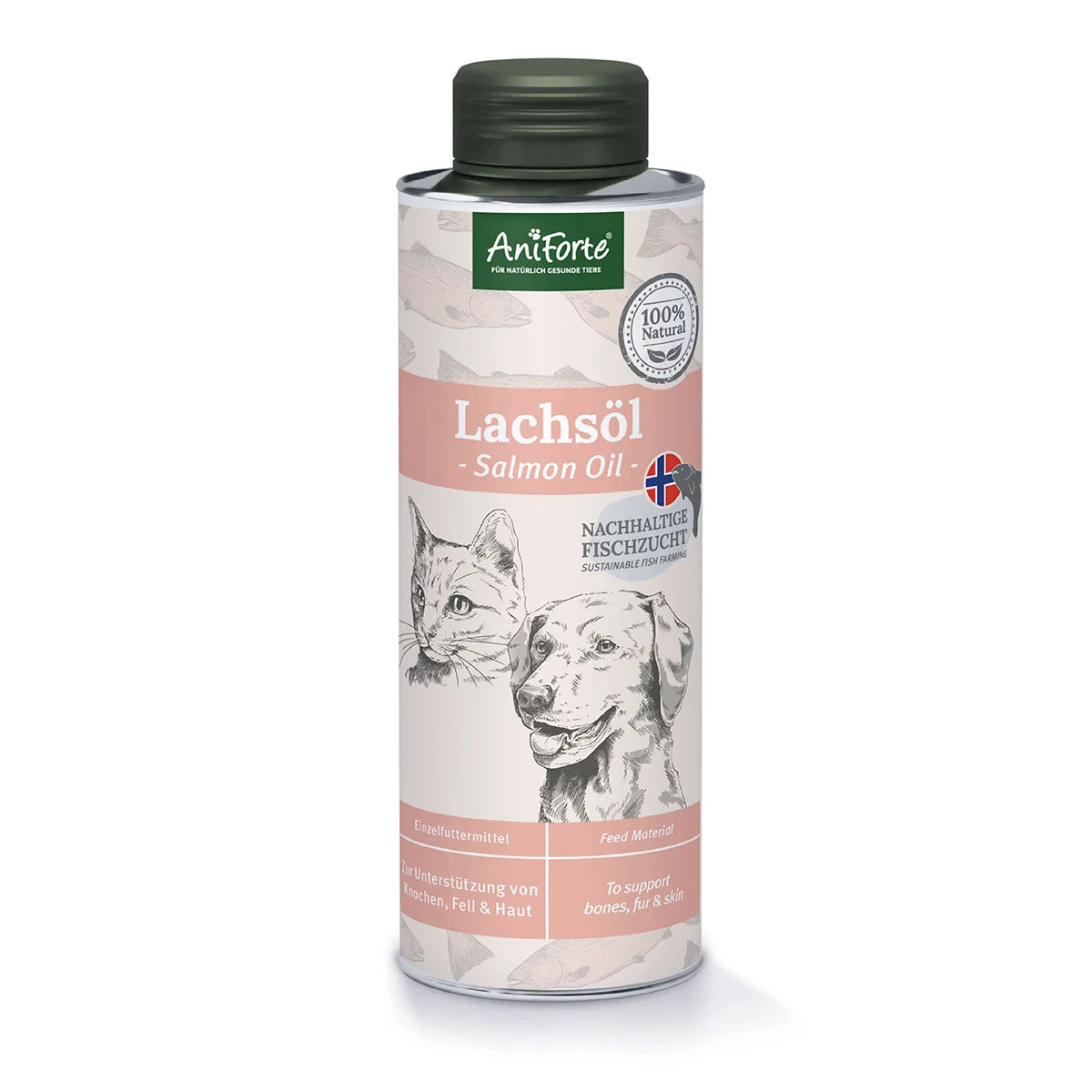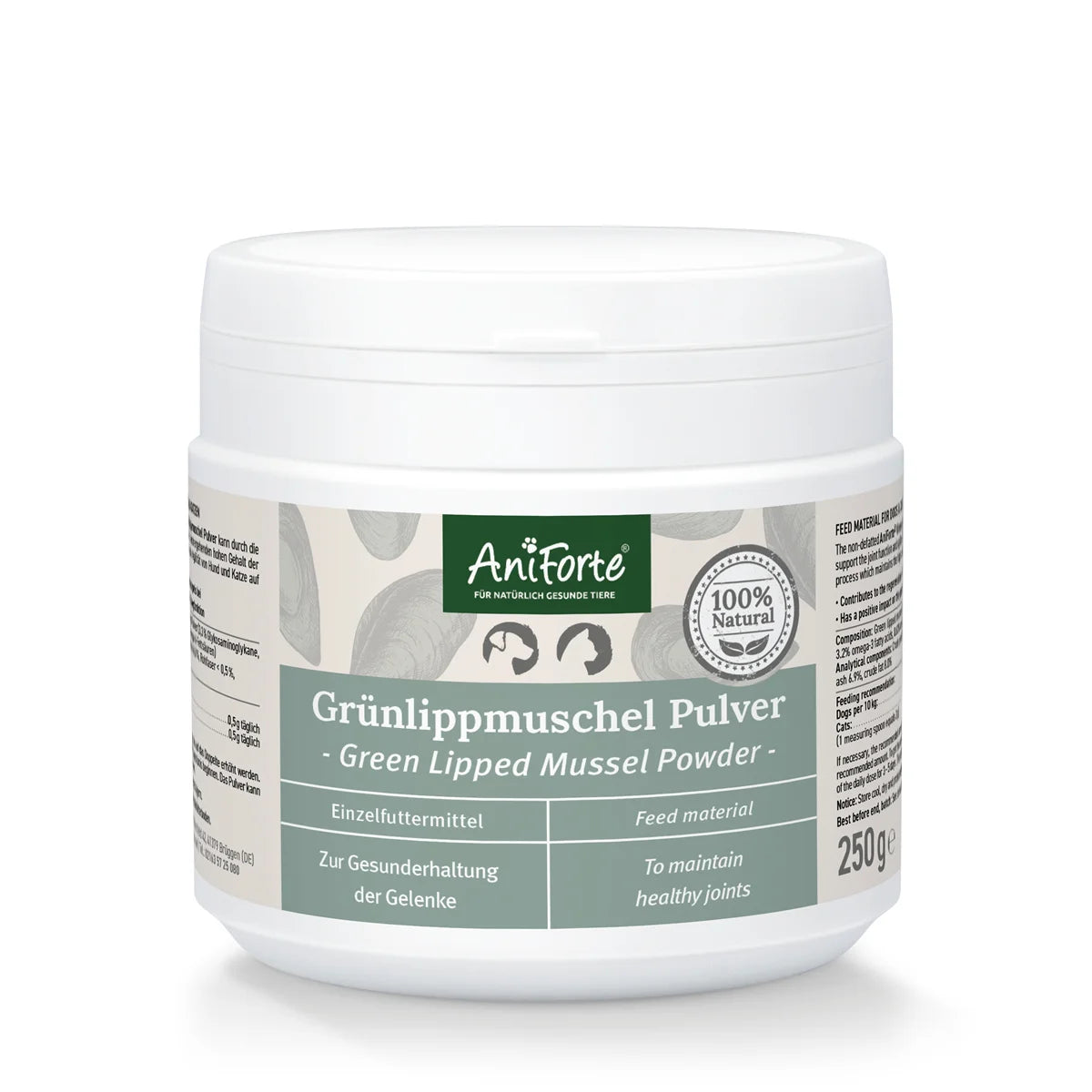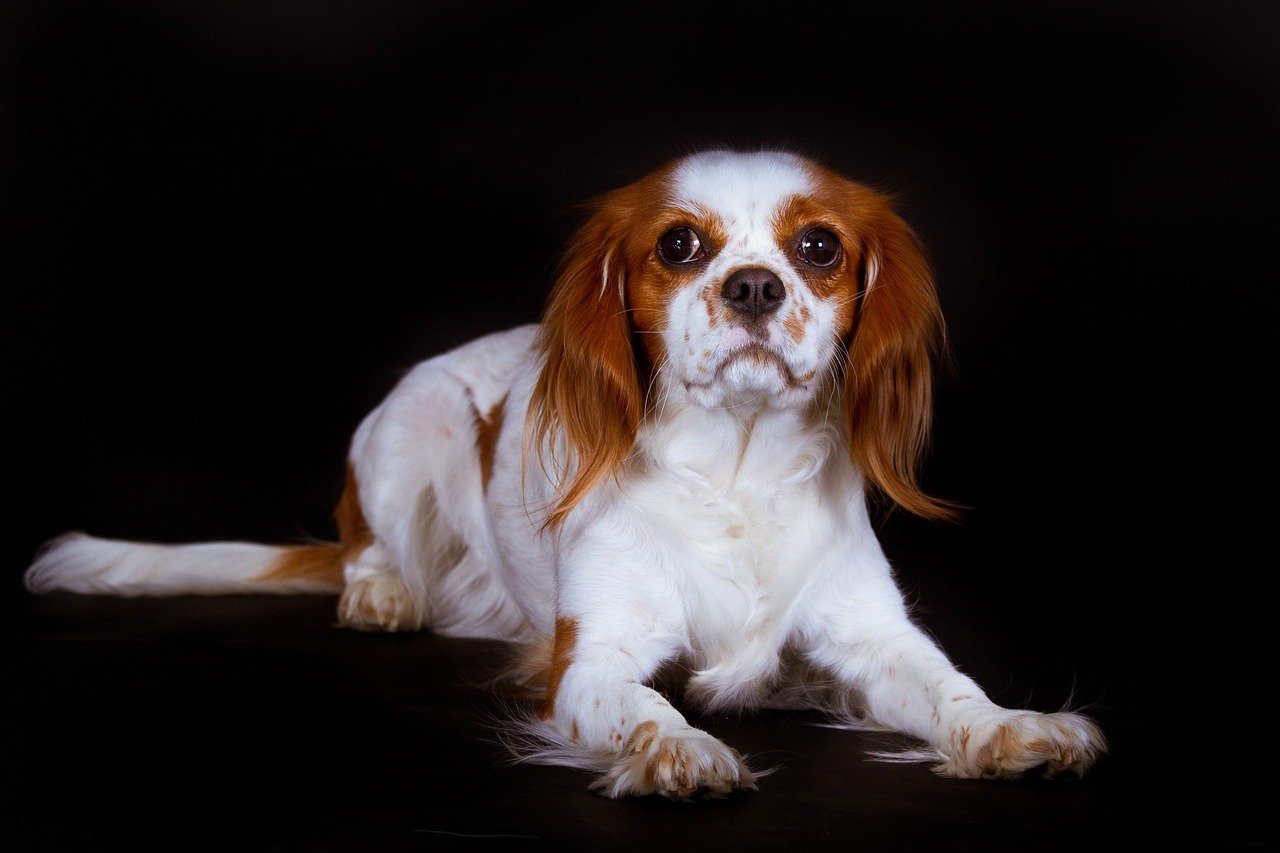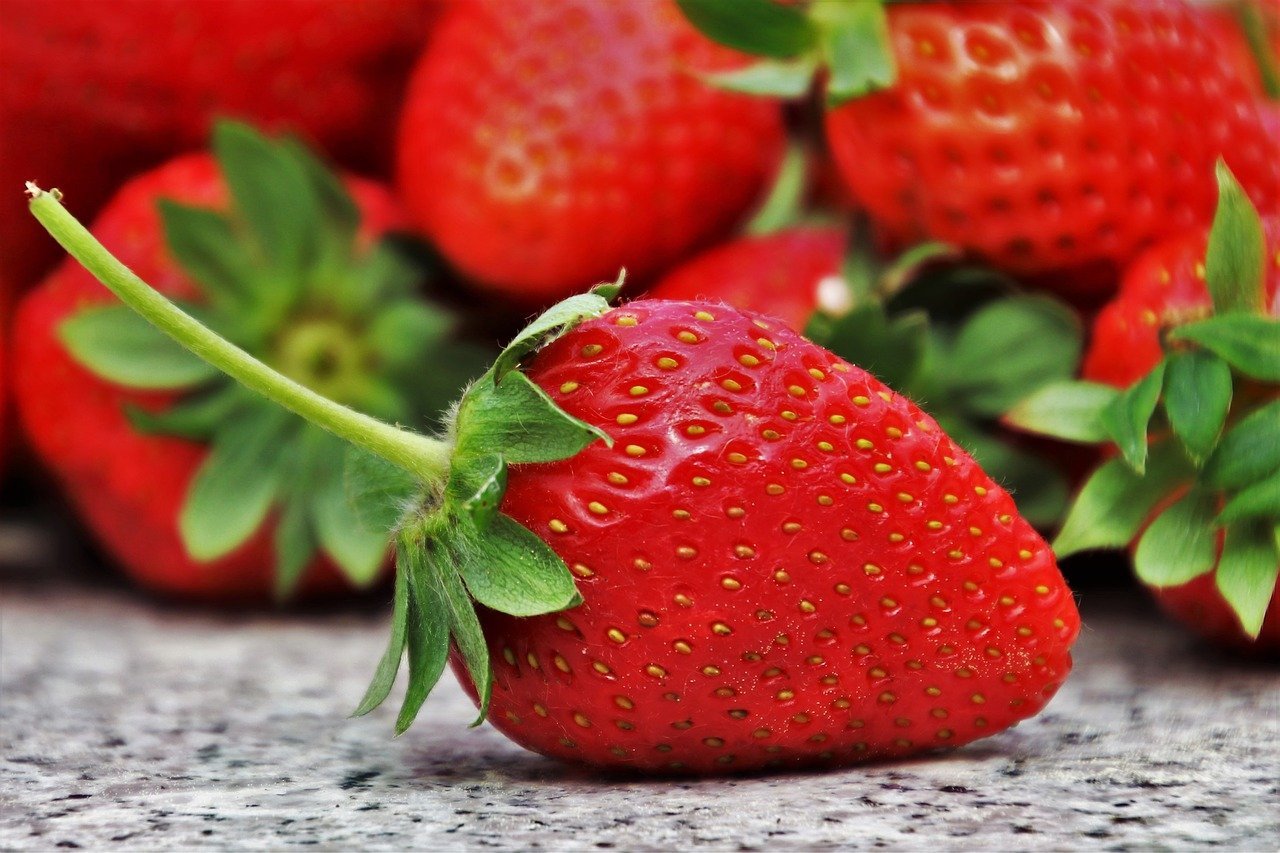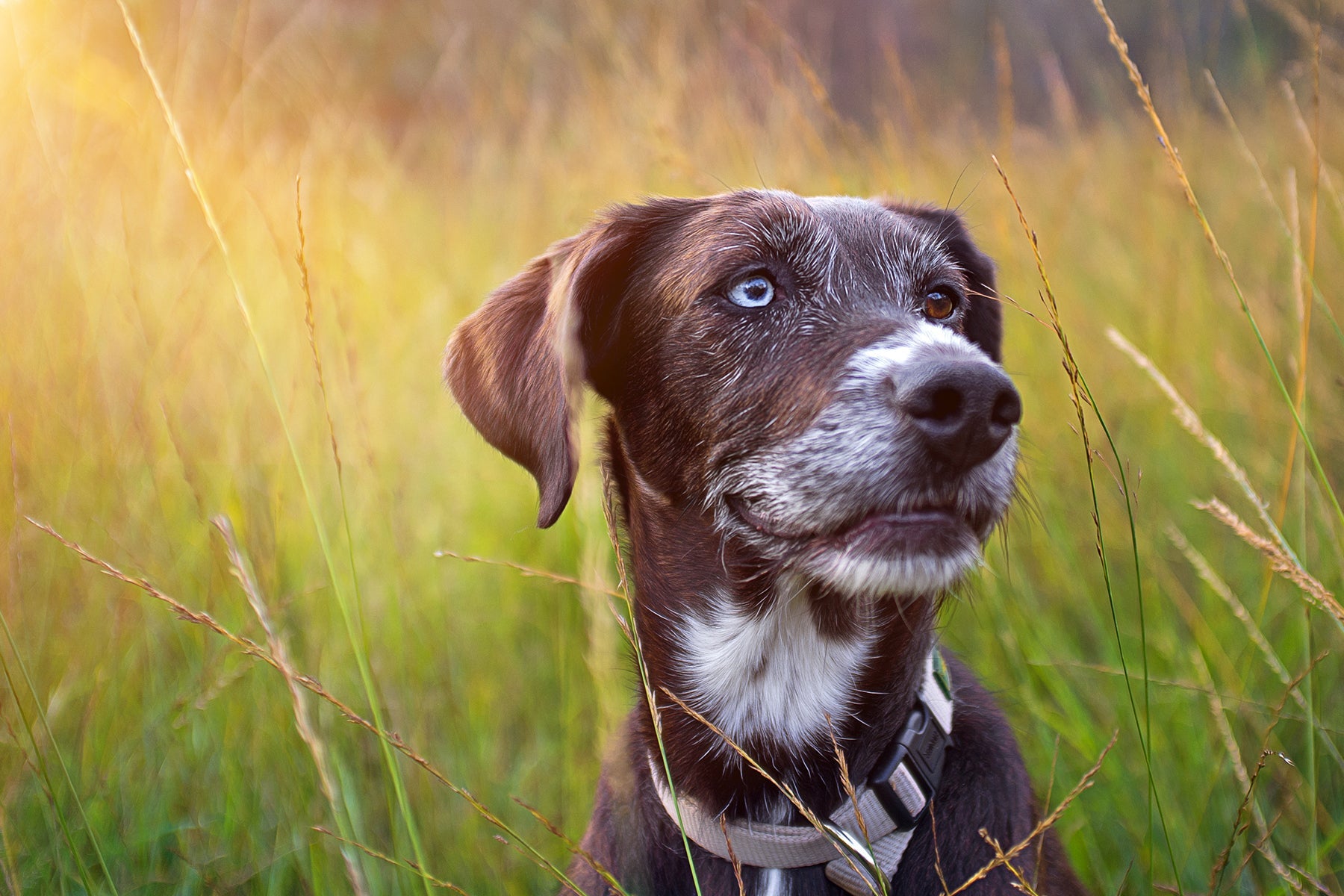
Are you looking for a gentle companion on four paws? Then you should take a closer look at the Cavalier King Charles Spaniel, Charlie or just Cavalier. This small dog is one of the most modern dog breeds, but it has a very long tradition. Find out more about his noble origins, his peaceful character and what the dog breed has struggled with for generations.
Breed origin
As the name suggests, the Cavalier King Charles Spaniel is a close relative of the King Charles Spaniel. To be more precise, the Cavalier is a crossbreed of his “older brother.” He has his roots in the court nobility of King Charles II. He was very popular with the English rulers of the 16th and 17th centuries. In fact, the King itself was the trendsetter, and so this breed was named after His Royal Highness King Charles II. The King was so fond of these little dogs that not only was the court swarming with spaniels, the king even preferred to play with his dogs rather than to rule. The fame of these little dogs was captured in numerous portraits of noblemen and -women, including the King.
The King Charles Spaniel was initially not cute enough for the high nobility, so the dogs were crossed with smaller and short-nosed breeds, so that not only the head of the dog was too small for its brain, but numerous hereditary diseases also accompany the breed to this day.
While the King Charles Spaniel has retained the short nose and small stature, the Cavalier King Charles Spaniel was bred back and, in addition to its longer nose, also has a somewhat larger and stockier build. The Cavalier breed was not officially separated from the King Charles Spaniel until 1928.
Appearance
The Cavalier King Charles Spaniel is one of the smaller dog breeds and a popular companion dog today. He has a gentle expression, googly eyes, some may even call it a baby face. With a height of 31-33 cm, this dog weighs between 5-8 kg. His fur is long, wavy and silky. You can officially find the Cavalier King Charles Spaniel in four colours:
- Black and Tan (black with tan markings)
- Blenheim (pearl white with maroon markings)
- Ruby (deep red)
- Tricolour (black and white with tan markings)
He has long, hairy floppy ears, a tail that is also hairy and a small flat head. The Cavalier King Charles Spaniel is definitely one of the dog breeds with the most loyal and friendliest look.
Character of the Cavalier King Charles Spaniel
The name says it all, the little Cavalier King Charles Spaniel is a real gentleman - gentle, calm and very friendly. His docile nature makes him the ideal beginner dog. He is everyone's favorite and is peaceful with dogs and people.
He prefers to spend his time cuddling, preferably with his favorite people. He is a little more reserved towards strangers, but still friendly. As an affectionate and calm dog, he is very popular with elderly people, but is also ideal for families with children.
The Cavalier King Charles Spaniel does not make great demands for care, only cuddling should not be neglected. The relaxed Cavalier is not a good watchdog, because his need to bark is rather limited. This dog breed can be kept well in large cities. No aggressive behaviour from the Cavalier, he is an oasis of calm in today's hectic world.
Nonetheless, the Cavalier King Charles Spaniel needs his daily walks. Visits to the forest and a short dip in the water are not to be missed.
Is the Cavalier King Charles Spaniel right for me?
Actually, the Cavalier suits almost everyone. His favorite place is near his mistress or master, preferably sitting on your lap. The dogs like to go swimming and jogging. But keep exercise to a reasonable amount. Active people could be a little too exhausting for the little Cavalier. If you do a lot of sports, if you go hunting or have to herd a flock of sheep, you should look for the right companion dog among the breeds of herding, driving or hunting dogs.
Due to its size and weight, the Cavalier is easy to travel with. On planes, he can even be checked in as hand luggage and does not need to travel in the cargo hold.
Diseases typical of the breed Cavalier King Charles Spaniel
Unfortunately, due to his extreme breeding, the gentle Cavalier can be plagued by numerous hereditary diseases. Hardly any other dog breed is predisposed to so many different dog diseases.
One of the most common diseases in the Cavalier King Charles Spaniel is endocardiosis or mitral endocardiosis. This is a heart disease that often affects other dog breeds at a senior age, but is observed in the Cavalier with young dogs as well. Endocardiosis is a progressive degeneration of the heart valves. The heart valves usually only conduct blood in one direction; if they are defective, they become leaky and lose their function, leading to heart failure. This disease occurs in almost 50% of Cavaliers from the age of 4.
Another disease in the Cavalier is so-called syringomyelia, a congenital abnormality of the posterior region of the skull. This leads to overcrowding of the skull and bruising of the brain. The conduction of the cerebral fluid is disrupted and backs up, so that a cavity can form in the spinal cord and damage the surrounding nerve tract. The liquid can also spread into the cavities of the skull, leading to the "water head" known to humans. Neurological failure symptoms and pain are common symptoms. Veterinarians describe the behavior of the affected dogs as a sudden cry, followed by the dog tucking his head between his paws.
Dry Eye Curly Coat Syndrome is also common in this breed. Affected dogs already have a very rough and curly coat when they are puppies, as well as impaired tear production. Dry eyes or even drying out of the cornea can result. This genetic defect is often accompanied by a change in the skin and extreme callus formation on the paws. This combination occurs almost exclusively in the Cavalier King Charles Spaniel.
Furthermore, these dog breeds tend to get conjunctivitis and frequent dislocation of the shoulder and knee, and congenital muscle weakness is also more common.
Care and nutrition
Typically, the Cavalier King Charles Spaniel is easy to care for and groomed quickly. However, you should take a closer look at the food. Many synthetic additives can damage your Cavalier's health and prevent the absorption of important nutrients. Due to its genetic predisposition to many diseases typical of the breed, the Cavalier’s food should be adapted to their sensitive needs. The administration of food supplements at a young age can have a supportive effect and strengthen the dog's basic health.
For strong joints, you should supply a combination of green-lipped mussel powder with rose hip to promote agility and gait function. But make sure that green-lipped mussel powder is full-fat, this is an indication of a higher content of the essential omega-3 fatty acids.
For a healthy coat in your Cavalier King Charles Spaniel, you can use brewer's yeast or salmon oil. Brewer's yeast is rich in important B vitamins, including biotin, and supports the coat metabolism. However, it should be natural brewer's yeast, because synthetic additives can have a negative effect on the dog's immune system. Salmon oil and omega-3 capsules are not only used as dietary supplements for humans, but also have a positive effect on the dog's immune system and metabolism. The effective omega-3 fatty acids EPA and DHA even help maintain cardiac function in humans.
Conclusion
The Cavalier King Charles Spaniel is a popular companion dog with a long pedigree. The little aristocrat fits the big city as well as families with children in the country or a quieter senior couple. His delicate appearance paired with his big eyes and the calm, docile nature make him a favourite of many dog enthusiasts. Unfortunately, the breed comes with some hereditary diseases. Therefore, the diet for your Cavalier King Charles Spaniel should be carefully looked at. Balanced nutrition with important natural vitamins and minerals strengthens the dog’s health and can prevent many ailments.

